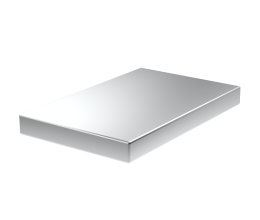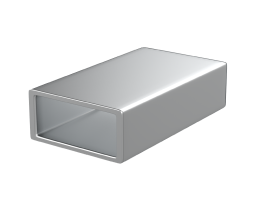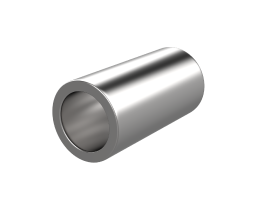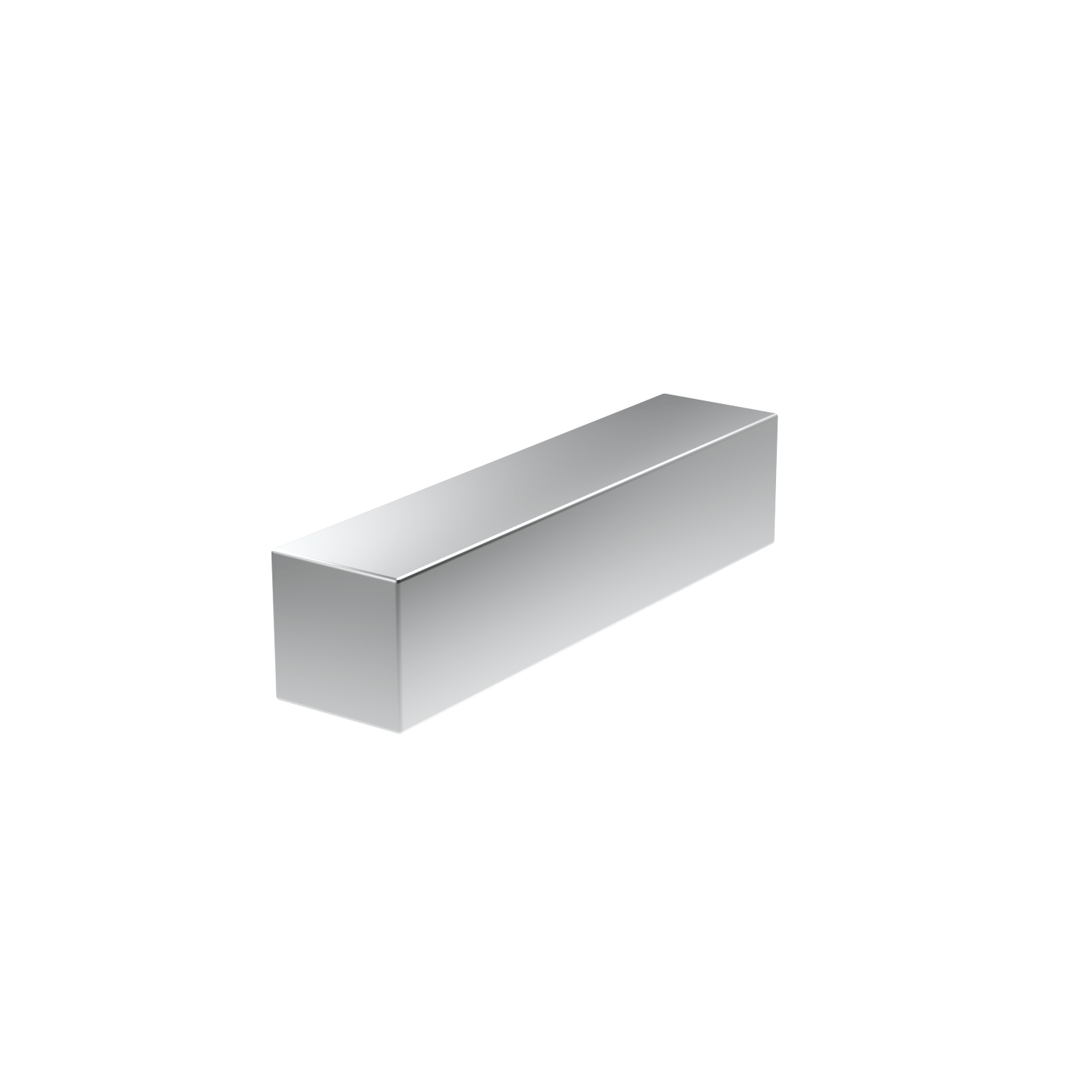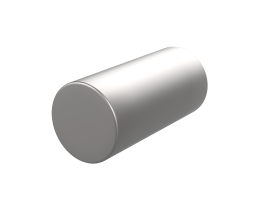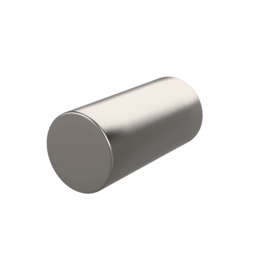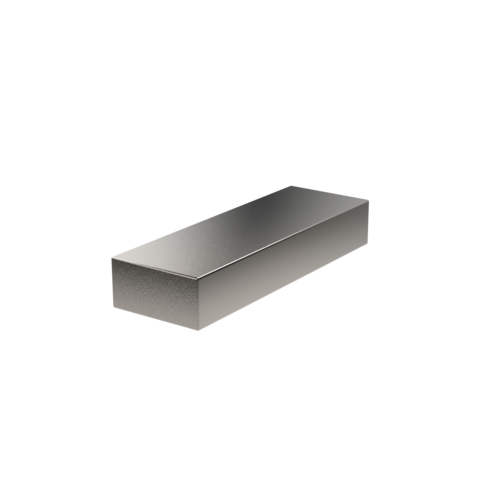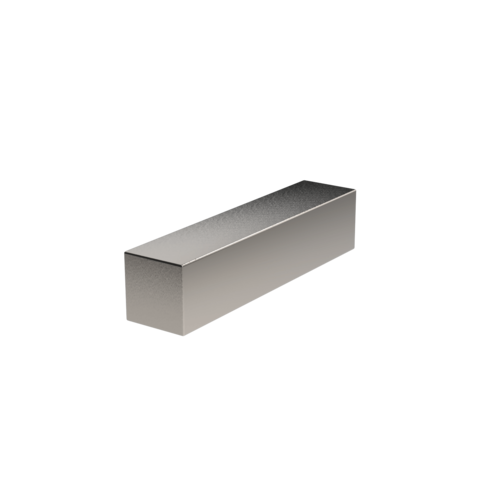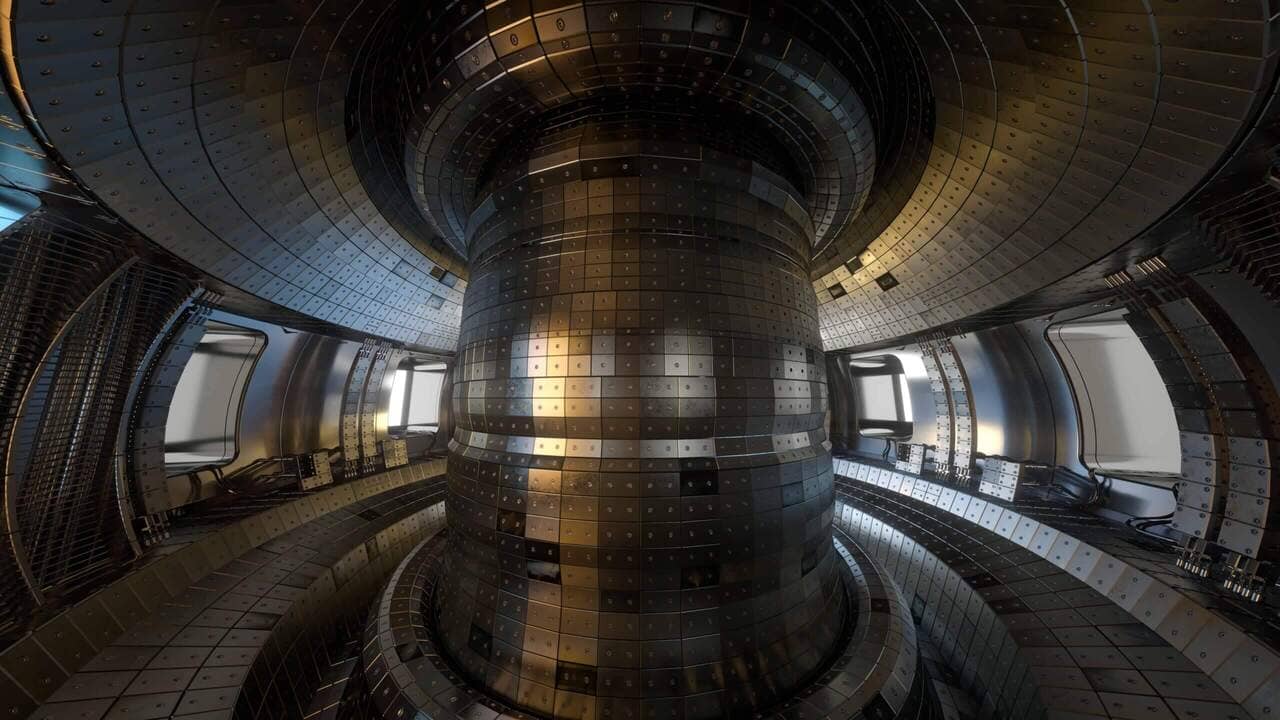Modern metallurgy, and the alloys that it produces are truly amazing. An example can be found in a 1983 revision of the 1974 PACER proposal. Both propose to generate electrical power through a fusion reaction, specifically the repeated detonation of thermonuclear bombs in a closed chamber, and using the resulting heat to generate steam to turn a turbine. There are many issues with this proposal, but remarkably finding an alloy that is capable of resisting the 500°C—achieved through vapor cooling—heat while maintaining the strength to resist the blast pressure isn’t one of them. There is actually a range of suitable alloys including mundane 304 and 316 stainless steels.
The best metal for high heat applications though is a bit more than finding a metal that can resist high heats without melting. The metal will need to balance a range of unique factors specific to the application at hand in service to the desired result. For example, titanium might be the best material for the example given above because not only does it have the required heat resistance and strength it’s low density means there are fewer atomic nuclei to interface with all the neutrons being released by the repeated fusion explosions. Similar, although less extreme factors apply in industries like petrochemical refining, manufacturing, combustion engines for aerospace, and more mundane power generation among many others.
Factors to Consider in High Heat Applications
To many people the best metal for high heat applications are by default heat resistant superalloys, a range of nickel-based superalloys that have melting points that start at 1,200°C and range as high as 2,470°C. These are extreme levels of heat resistance. Although the heat is not the only consideration.
In addition to the temperature considerations there are also mechanical and chemical considerations when choosing the best metal for high heat applications. These are a direct result of the elevated operating temperatures of high heat applications. The environment creates the potential for:
- Thermal Expansion: Heat—with rare and limited exception—causes materials to expand. In many high heat applications this expansion can put pressure on the joints and materials.
- Thermal Fatigue: In addition to heat expansion when materials cool they contract, and while there are high heat applications that run constantly most do shut down periodically. This causes repeated stressing that can lead to distortion.
- Thermal/Heat Creep: Distortion over time can lead to creep which is a permanent alteration of the dimensions of an alloy or material due to heat load or thermal fatigue.
- Thermal Corrosion: Often chemicals behave differently at higher temperatures. This leads to circumstances like high temperature hydrogen attack and high temperature sulfidic corrosion which are not completely understood, and can occur with little warning or indication.
- Stress Rupture: Finally, and most seriously all of the above elements can lead to a final catastrophic failure of material. Splitting or cracking of a material that leads to total mechanical failure. Given that many high heat applications are maintaining high pressure on compressible fluids or gasses, stress rupture can be lethal.
The reason that heat resistant superalloys are so often first to mind for high heat applications is that these alloys have proven resistant not only to heat but these other secondary effects of the heat. However, in most applications the heat resistance of heat resistant superalloys is overkill. Petrochemical crackers that turn crude into fuels operate at 400 to 450°C, the steam in normal thermal electric plants is only 600°C and in typical nuclear plants runs from 540°C for the turbine steam to 950°C for fluids running directly from the core through a heat exchanger.
The demands of most high heat applications fall well short of the temperatures that really require the use of heat resistant superalloys. Given the expense of heat resistant superalloys, their use may not be necessary for all high heat applications.
Buy Certified High-Quality Metals for Industrial Solutions | ||
New Aluminum | New Steel | New Stainless Steel |
 |  | 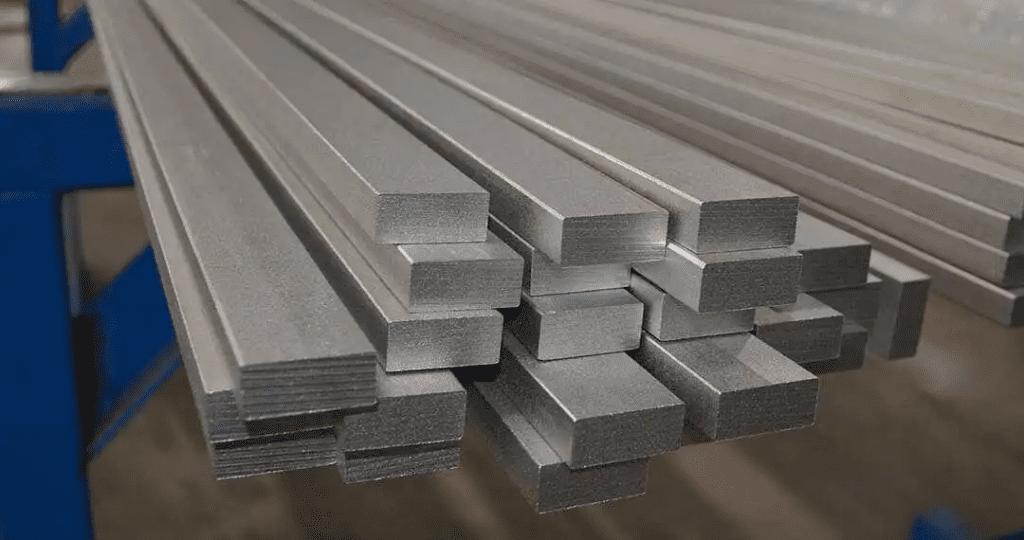 |
| Reliable supply: Consistent, certified aluminum stock you can trust. High-quality material: Superior-grade aluminum for precision needs. Custom cuts: Accurate cuts down to thousandths of an inch. | Durability and strength: Reliable for projects needing long-lasting, tough materials. Cost-effective: Quality steel that offers strength without breaking the bank. Custom cutting: Precise cuts tailored to exact needs with top-tier cutting tools. | Sustainability: Highly eco-friendly as the most recyclable metal on earth. High durability: Resistant to corrosion and wear, ensuring long-lasting performance. Custom precision cuts: Tailored to your specifications with quick, accurate results. |
The Types of Metal Used for High Heat Applications
Not all heat resistant alloys are superalloys. The need to manage high heat in industrial applications has been a long term issue, and metallurgy over the decades has developed an array of metals that are capable of dealing with incredibly high heat levels that fall short of the several thousand degrees of heat resistant alloy without succumbing to corrosion, creep, or fatigue.
The first of these are comparatively inexpensive chromium and chrome-molybdenum steel alloys, or as they more commonly known stainless steel and chrome-moly steels. Pure molybdenum takes things a step beyond either of these two metal alloys. The thermal profile of these metals can be seen in the table below.
| Stainless Steels | |||
| Metal | Melting point | Max Service Temp | Coefficient Thermal Expansion |
| 302 | 1,400-1420°C | 870°C | 18.7μm/m°C |
| 304 | 1,400-1455°C | 790°C | 18.7 μm/m°C |
| 316 | 1,370-1,400°C | 870°C | 17.5 μm/m°C |
| Chromoly Steels | |||
| AISI 4130 | 1,432°C | 816°C | — |
| AISI 4140 | 1,416°C | 538°C | 12.2 μm/m°C |
| Molybdenum | 2,617°C | 1,550°C | — |
These numbers are very comparable to what are traditionally thought of as heat resistant superalloys, and exotic or rare metals that are famous for their ability to resist heat. As shown in the table below.
| Nickel Superalloys | |||
| Hastelloy X | 1,260-1355°C | 1,095°C | 16.3 μm/m°C |
| Hastelloy S | 1,335-1,380°C | 982°C | 13.7 μm/m°C |
| Inconel 600 | 1,354-1,413°C | 1,095°C | 13.3 μm/m°C |
| Inconel 625 | 1,290-1,350°C | 982°C | 15.1 μm/m°C |
| Inconel 718 | 1,260-1,336°C | 704°C | 7.22 μm/m°C |
| Exotic/Rare Metals | |||
| Titanium | 1,650-1,670°C | 600°C | 8.9 μm/m°C |
| Tungsten | 3,422°C | 1,925-2,500°C | 4.4 μm/m°C |
THe biggest difference between the two classes of metals is that superalloys for the most part have a lower coefficient of thermal expansion. Indicating that the biggest risk in high heat applications isn’t the heat as much as the distortion from that heat, and the risk of catastrophic failure it raises. Similarly, although these metals are well known as heat resistant alloys they are better known as corrosion resistant alloys.
The Best Metal for High Heat Applications.
When it comes to deciding what the best metal for high heat applications is, the choice depends on the application. Only the most demandingly heat environments, those with intense heat and rapid heating then cooling cycles are superalloys or exotic metals really needed. Even then certain metal properties would deter use. Titanium, in addition to being heat resistant and pretty good at shielding against high energy radiation, is also a thermal insulator rather than a conductor.
So while the first two properties would seem to make it an excellent choice for something like a nuclear reactor vessel the fact that these can sometimes need rapid cooling without opening up the reactor makes it a far from ideal choice. Reactor vessels are instead made from chrome-moly steels due to their strength, ability to resist fatigue over time, and reasonable ability to absorb heat. The best metal for high heat applications can be a surprise, but there is no shortage of options.
Whatever the best metal for your high heat application is, Industrial Metal Service can help you find the answer. IMS is a supplier of precision sawn aluminum, stainless steel, superalloys, and titanium with new aluminum and remnant superalloy and exotic metals. Call us at (408) 294-2334 to find out what is in stock, or contact us to request a quote.
